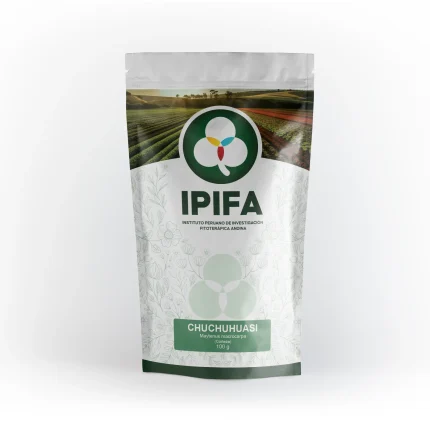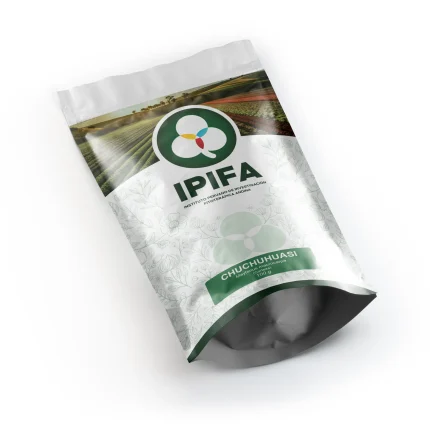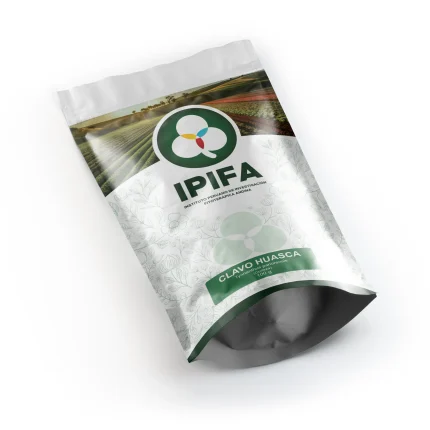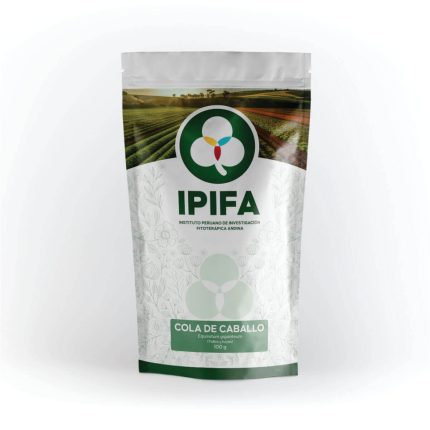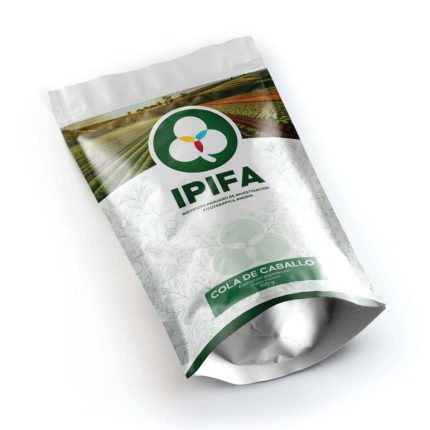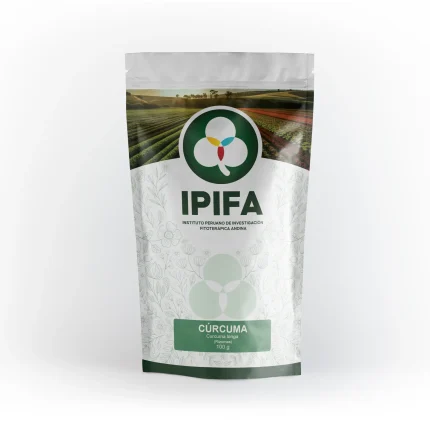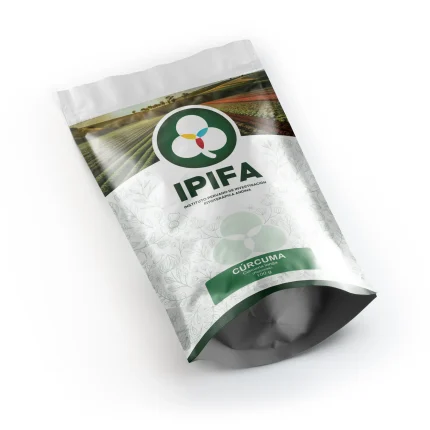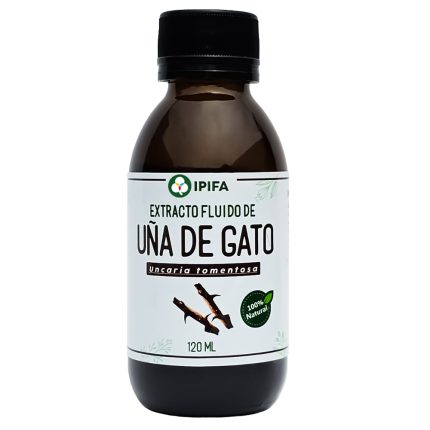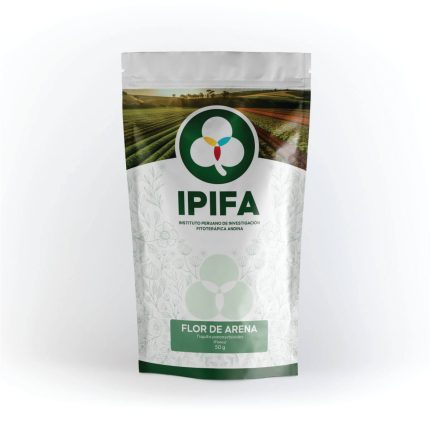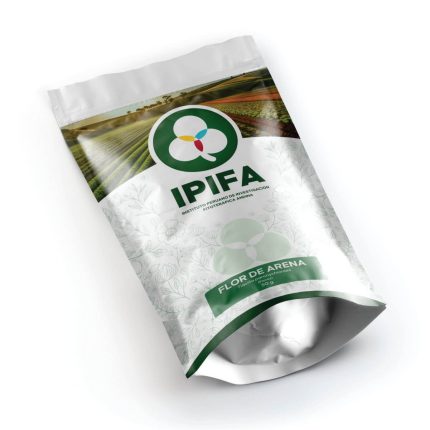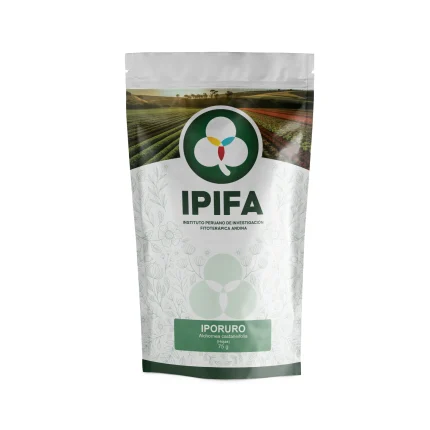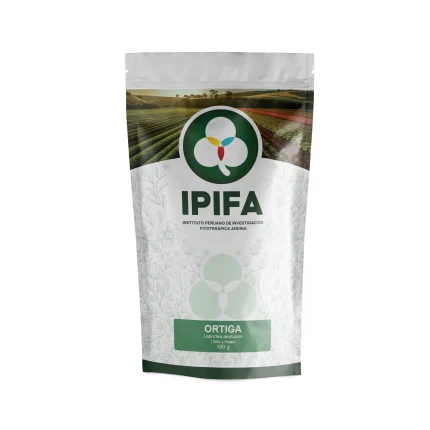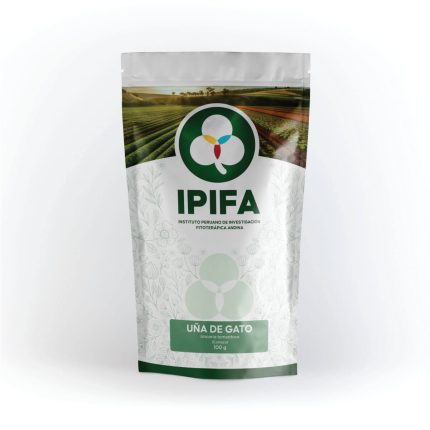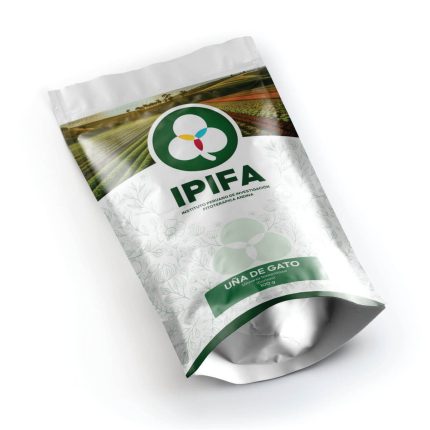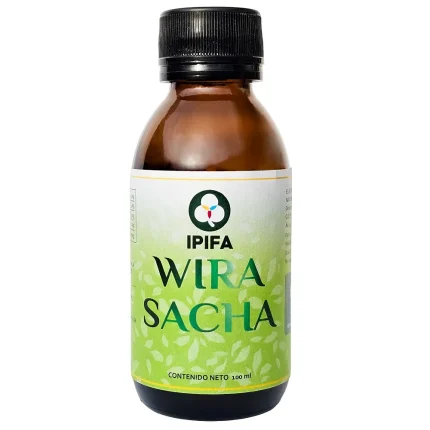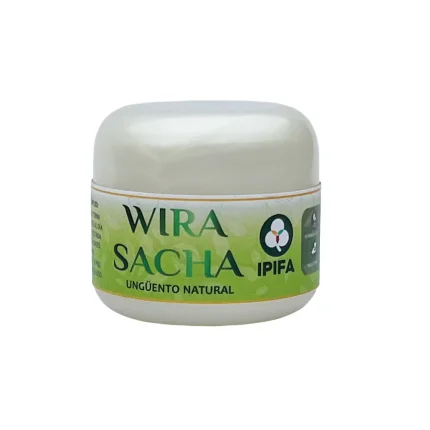HORSETAIL
The Horsetail, Equisetum giganteum is a tall perennial herb that can reach 4 meters in height, with long stems that have internodes every few years. Being part of the gymnosperms, it is a plant without a typical flower, but rather, it has cones in the form of pines, from which the seeds sprout. It belongs to the Equisetopsida class, with which it shares the characteristics of having among its phytocomponents alkaloids, flavonoids, phenolic compounds, alkaloids, flavonoids, phenolic compoundsetc. This conjugation of various components gives the plant several properties. properties that may result in beneficial to humans. It can be found in several countries, always in areas close to the equator, since it is of warm climates, although it also needs a humid environment, since it is strongly hydrophilic (great affinity with humidity). This is why it grows on river slopes, along canals or ditches. It can be found along the coast and in the low mountains, from 20 to 4200 meters above sea level, so it is distributed along practically all the departments of the country. Peru.
The Horsetail, Equisetum giganteum, has anti-inflammatory properties flavonoids that it possesses, such as the quercetin. This, in turn, helps in the face of rheumatic complaintsas these are synovial fluid inflammations contained in the joints and, because it contains silicon, it serves as a precursor to the generation of collagen in the body. Likewise, this flavonoid has beneficial properties that fight against the bladder infectionswhich also encourages a diuretic. The p-coumaric acid containing the horsetail is a micronutrient very important in the human diet that has antioxidant effectsIn the same way, this acid in conjunction with the equisetoninare very good antimicrobialsand its efficacy has been proven in laboratory cultures against strains of Staphylococcus aureus, Candida albicans and Escherichia coli. It is also known that the acid p-coumaric beneficially influences the various mechanisms of adhesion of the intestinal microbiotawhich subsequently translates into a better digestion.
SAND FLOWER
The Sand Flower, Tiquilia paranychioidesis a creeping herbaceous plant, a plant that lacks woody stems, with a horizontal growth, which can reach lengths of up to 60 meters, growing at ground level. It is distinguished by having tiny pilosities, among which stand out small white flowers with 5 petals. It belongs to the Boraginaceae family, also called "forget-me-nots". This family shares the presence of polyphenols, flavonoids and alkaloids among its secondary metabolites. The Tiquilia paranychioides (sand flower) is a plant endemic to Peru, i.e., it only grows in Peru, despite the fact that the genus Tiquilla It is also present in the coastal areas of southern Ecuador, Peru and northern Chile. Preferably in clayey, sandy or desert soils at altitudes between 30 to 500 meters above sea level. We can find sand flowerin Tacna, Lima, Ica and several coastal departments.
Tiquilia paranychioides (sand flower) has as secondary metabolitesIt contains a considerable amount of flavonoids, tannins, fatty acids, polyphenols, steroids, among others. Which under various configurations with each other, give it all its properties. medicinal properties. Among these we can find the anti-inflammatoryone that is closely linked to the antirheumaticfor this is the inflammation of the synovial fluid contained in the jointsThe following properties must also be taken into account diuretics, purifying, antibacterial, antioxidants y analgesics.
Presentation:
Each bag is 80g.
CAT'S CLAW
The Cat's claw, Uncaria tormentosa, can be found as a creeping plant, that is to say, of horizontal growth; or as a climbing vine, which can reach lengths of up to 40 meters and heights of up to 20 meters, under optimal conditions of development. Its morphology comprises axillary branches with strongly curved axillary spines, with a cat's claw appearance, which gives it its peculiar name. It belongs to the family of rubiaceaewith whom he shares the characteristic of having a large number of alkaloids from among its secondary metabolites. The Cat's claw is distributed throughout the South American Amazon rainforest, in places where there is plenty of light, and can be found here at Peru in the ecoregion lowland rainforestThis includes the eastern coast of the Andean Cordillera. The best developed specimens can be found at an altitude between 200 and 800 meters above sea level, that is, in Loreto, Madre de Dios, Ucayali, San Martín, etc.
Uncaria tormentosa (Cat's claw) possesses abundant groups of secondary metabolites, such as tannins, flavonoids, terpenoids and alkaloidsThe latter group presents a great variety of metabolitesThe latter are divided into tetracyclic and pentacyclic alkaloids, among which isopteropodine stands out, an alkaloid that is a very important alkaloid. alkaloid associated as a complex to the tannins of the plant. Being associated with these, it confers an important part of its therapeutic propertiesThe effect they have on the receptor proteins related to the central nervous system and to the immune system. Its properties should also be highlighted anti-inflammatory thanks to the quinoovic acid that it contains, an effect closely related to its property antirheumatic. It is also beneficial as antioxidant y immune system stimulant.
Presentation:
Each bag is 100g.


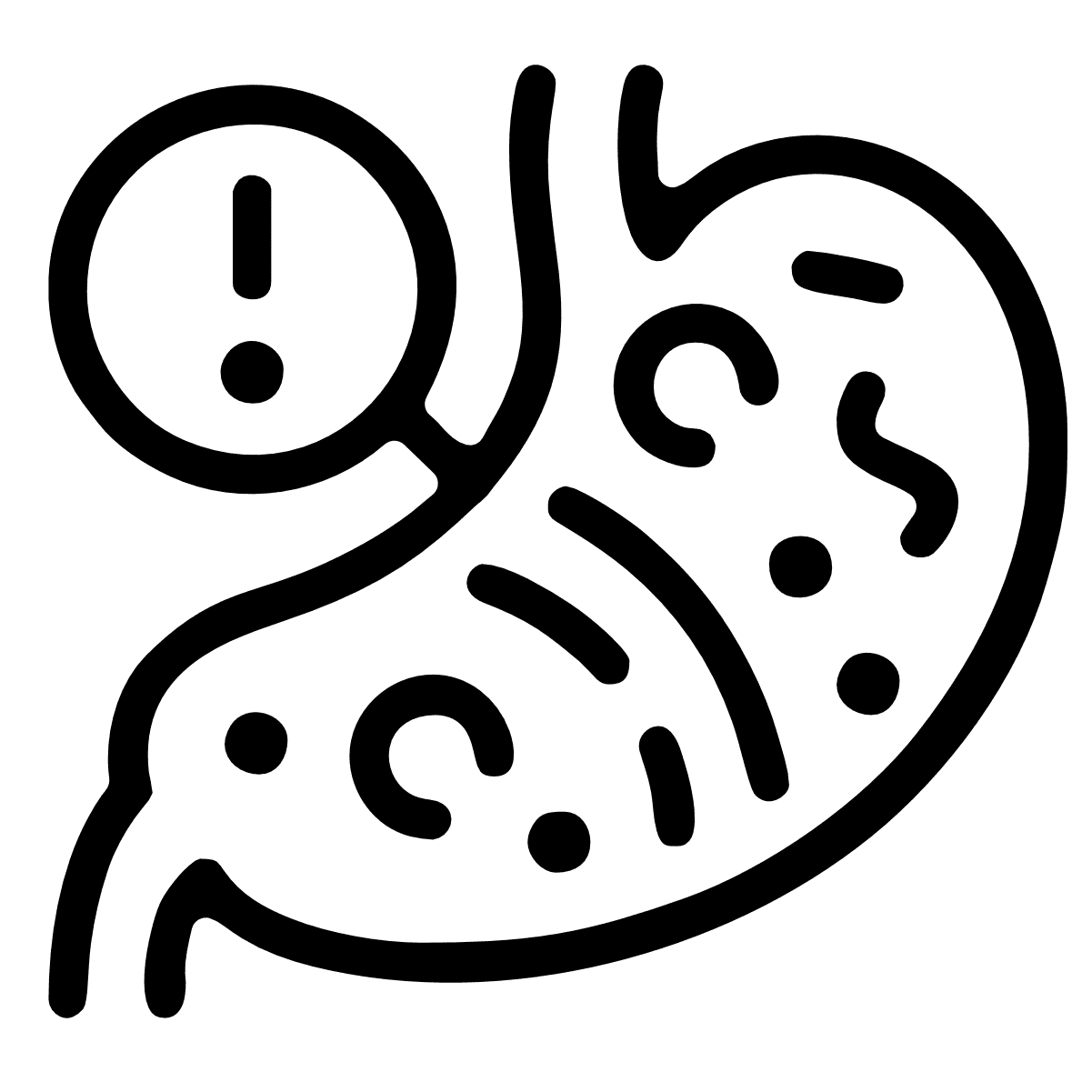 Purification kit
Purification kit  Relaxing kit
Relaxing kit 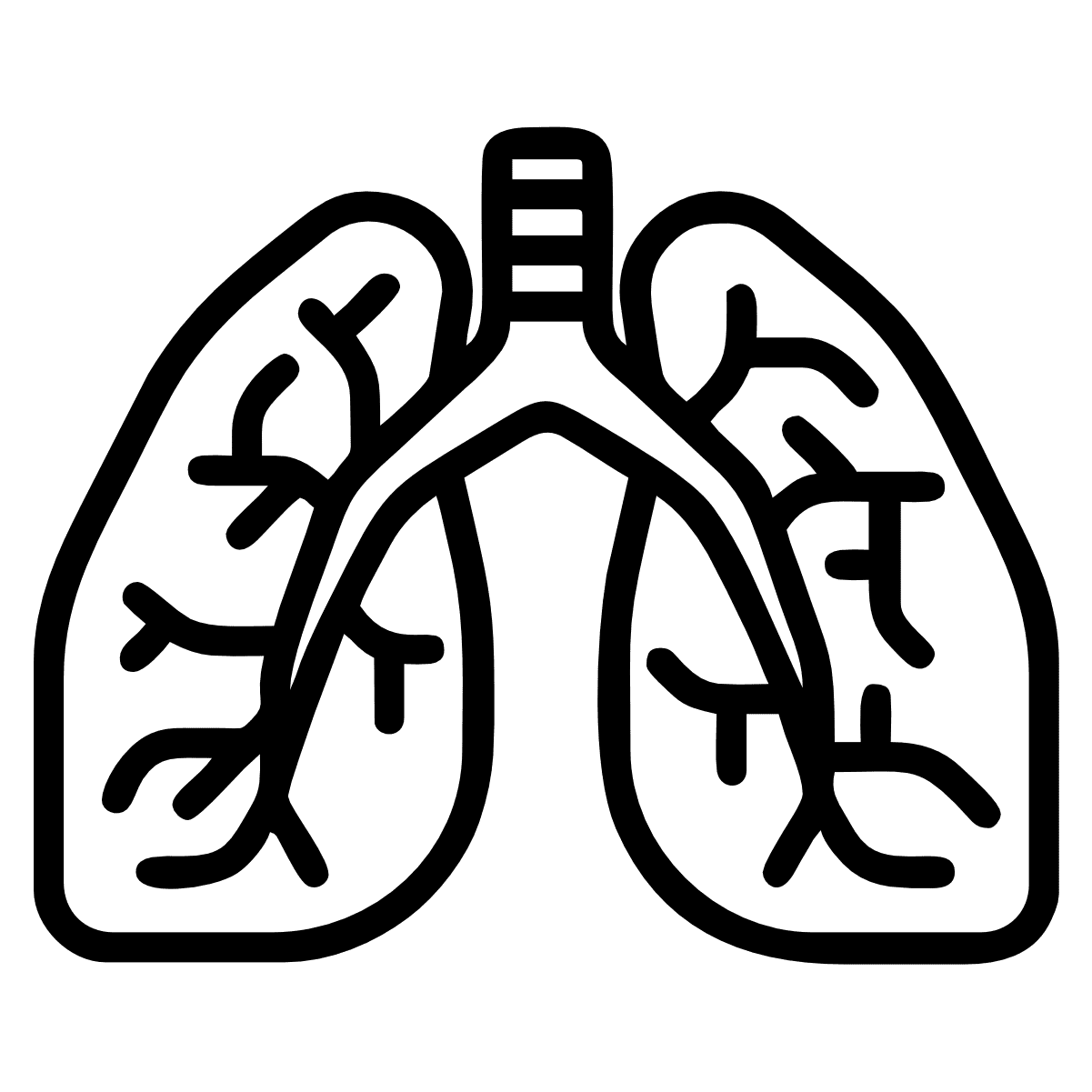 Respiratory kit
Respiratory kit 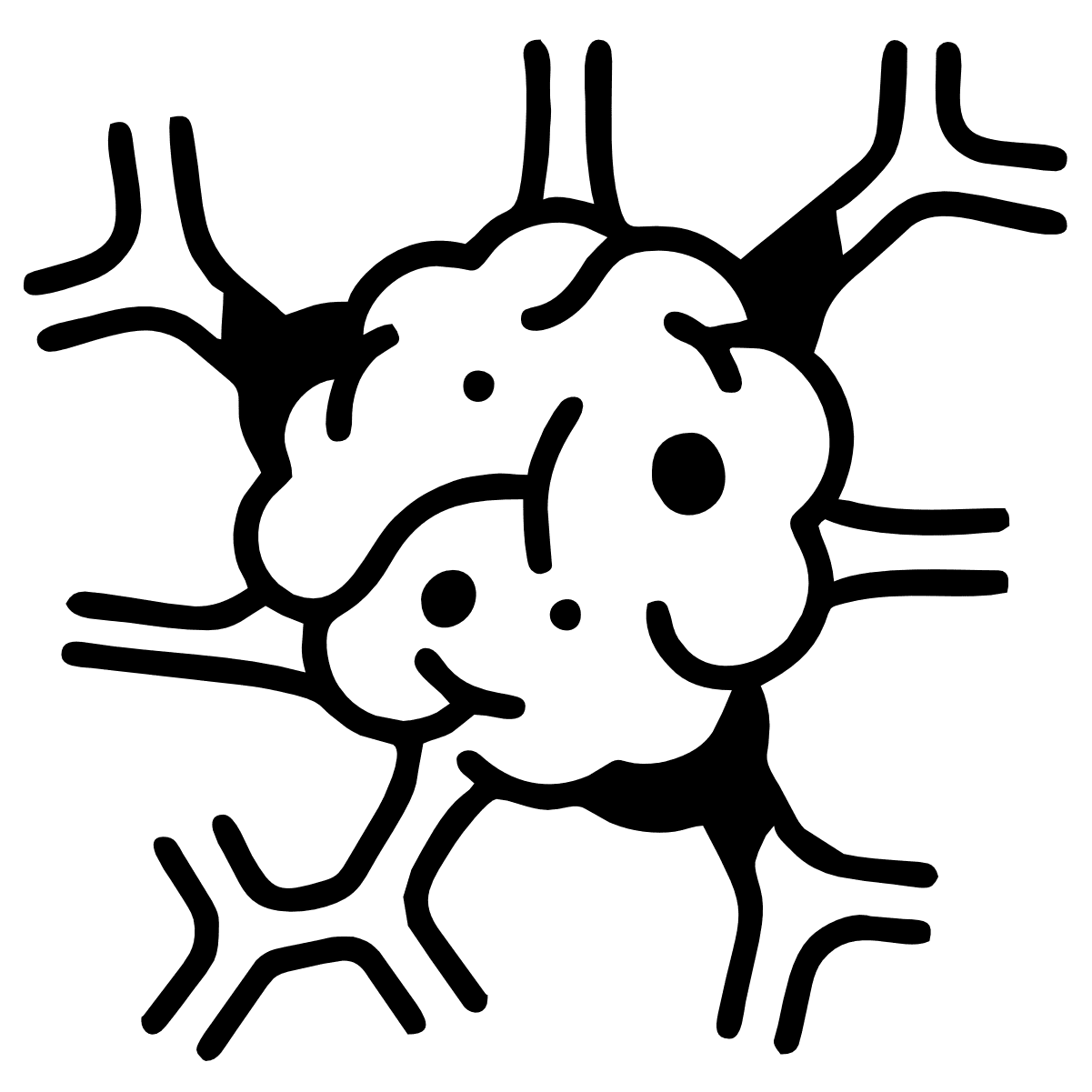 Antitumor
Antitumor 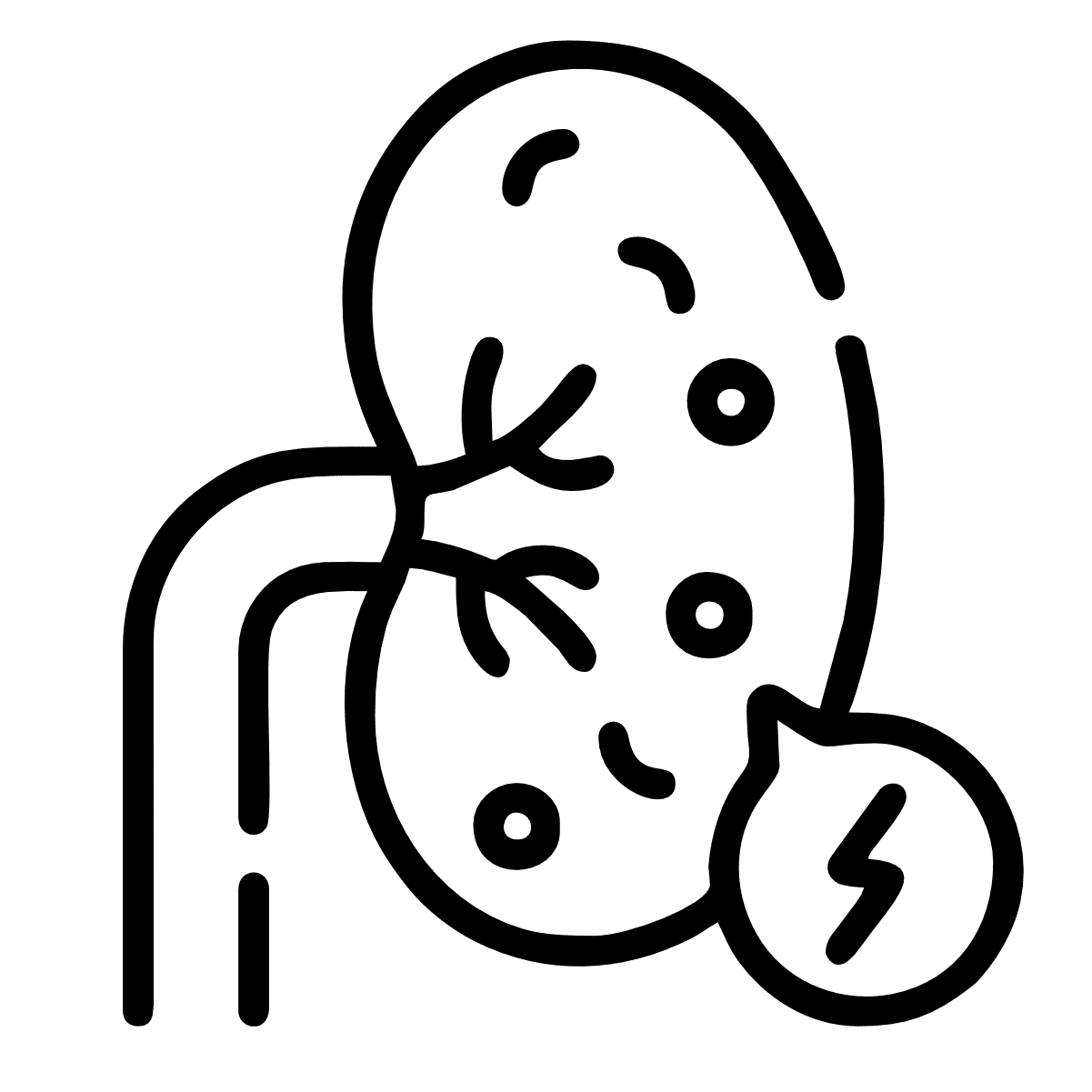 Kidney stones
Kidney stones  Blood circulation
Blood circulation 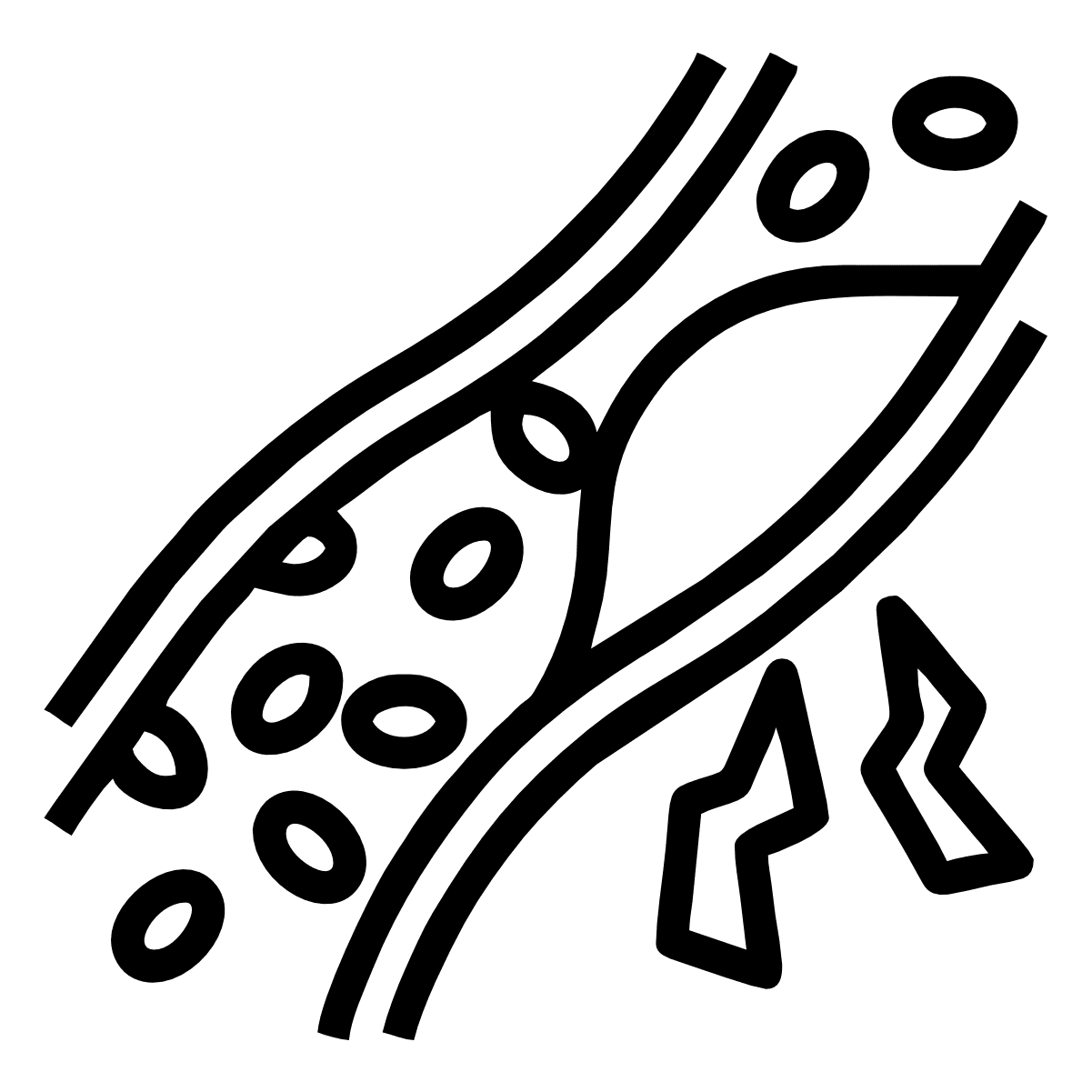 Cholesterol
Cholesterol  Rheumatic pains
Rheumatic pains  Constipation
Constipation 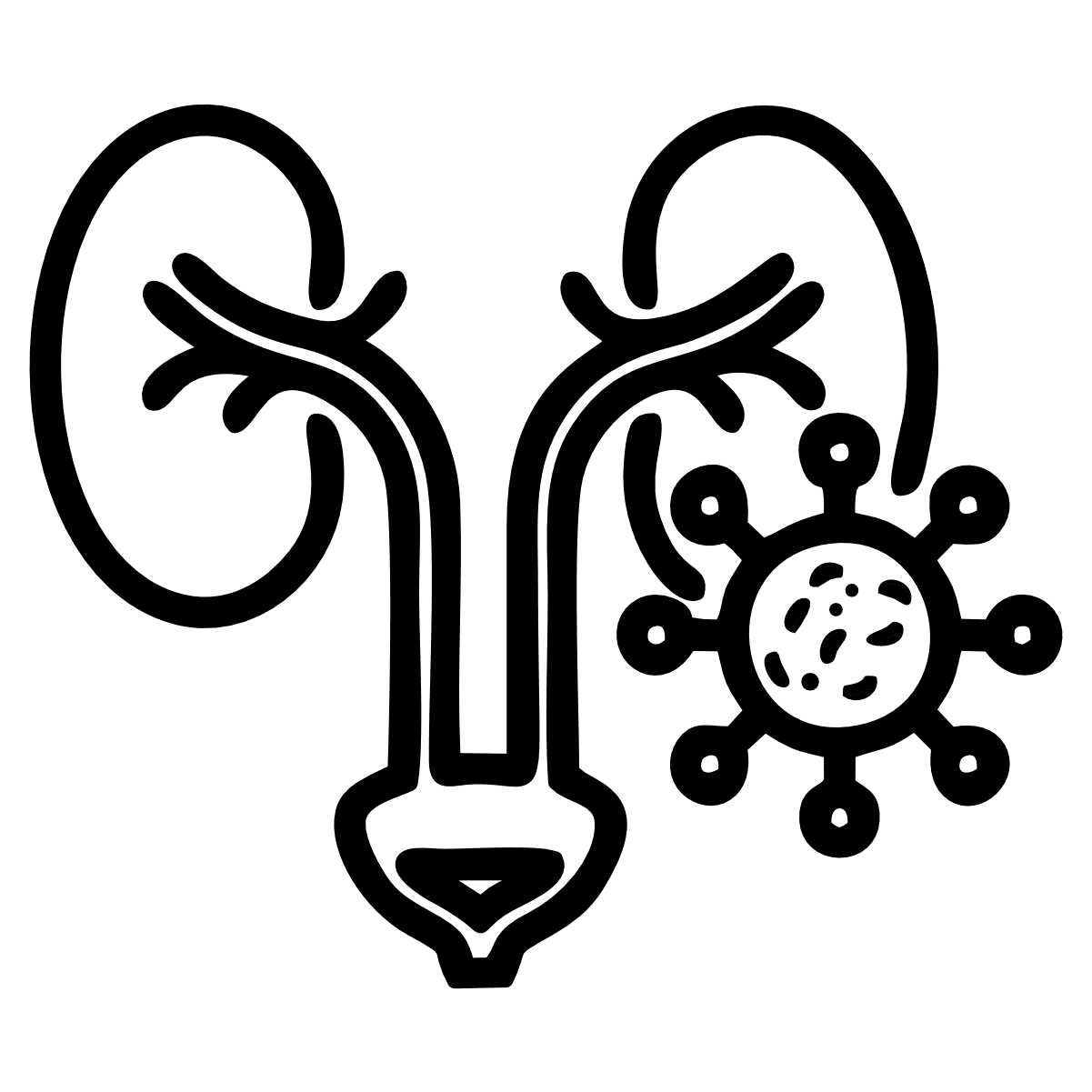 Urinary tract infection
Urinary tract infection  Menopause
Menopause  Obesity
Obesity  Purifying plants
Purifying plants 
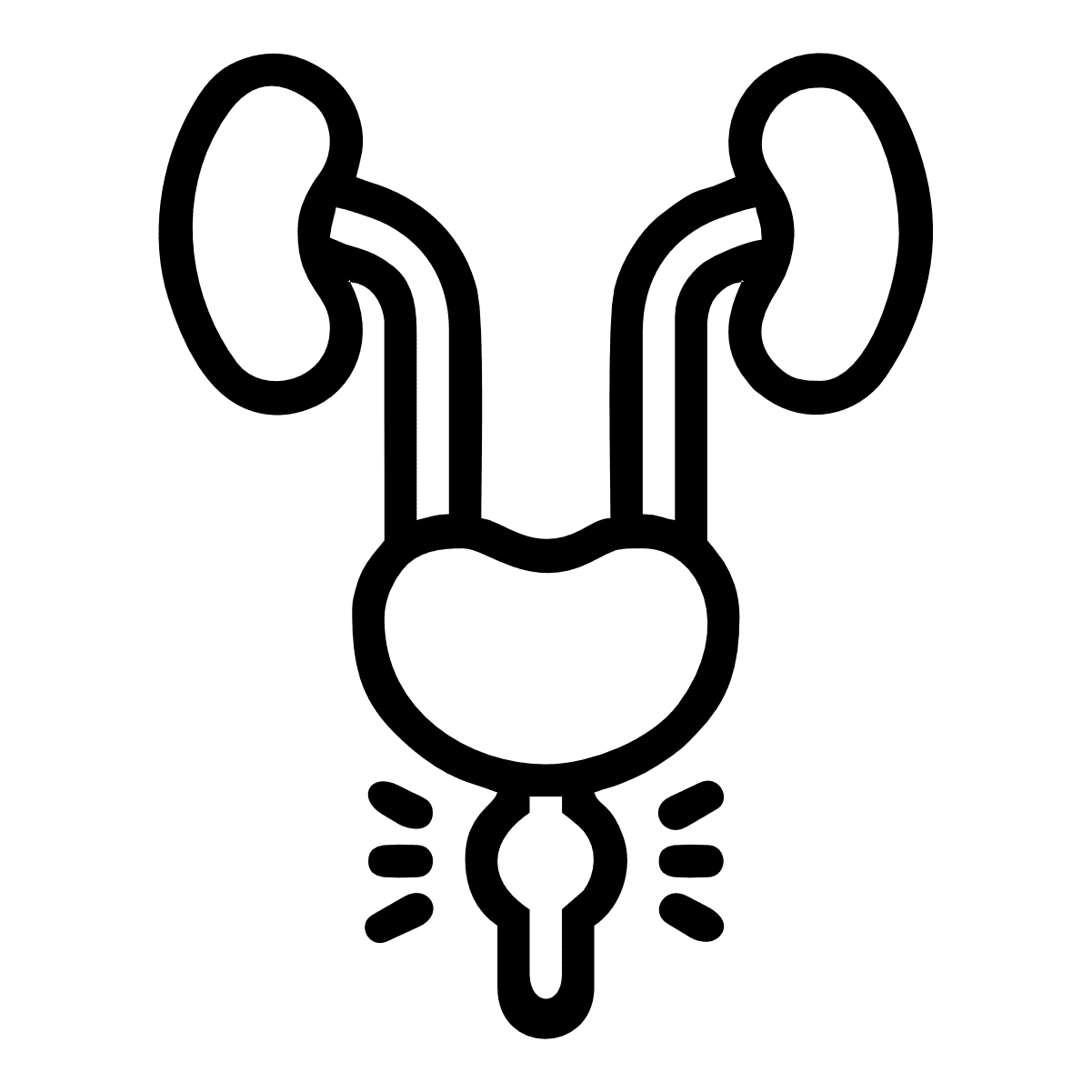 Prostatitis
Prostatitis  Glucose regulator
Glucose regulator  Digestive disorders
Digestive disorders  Hepatic disorders
Hepatic disorders 
